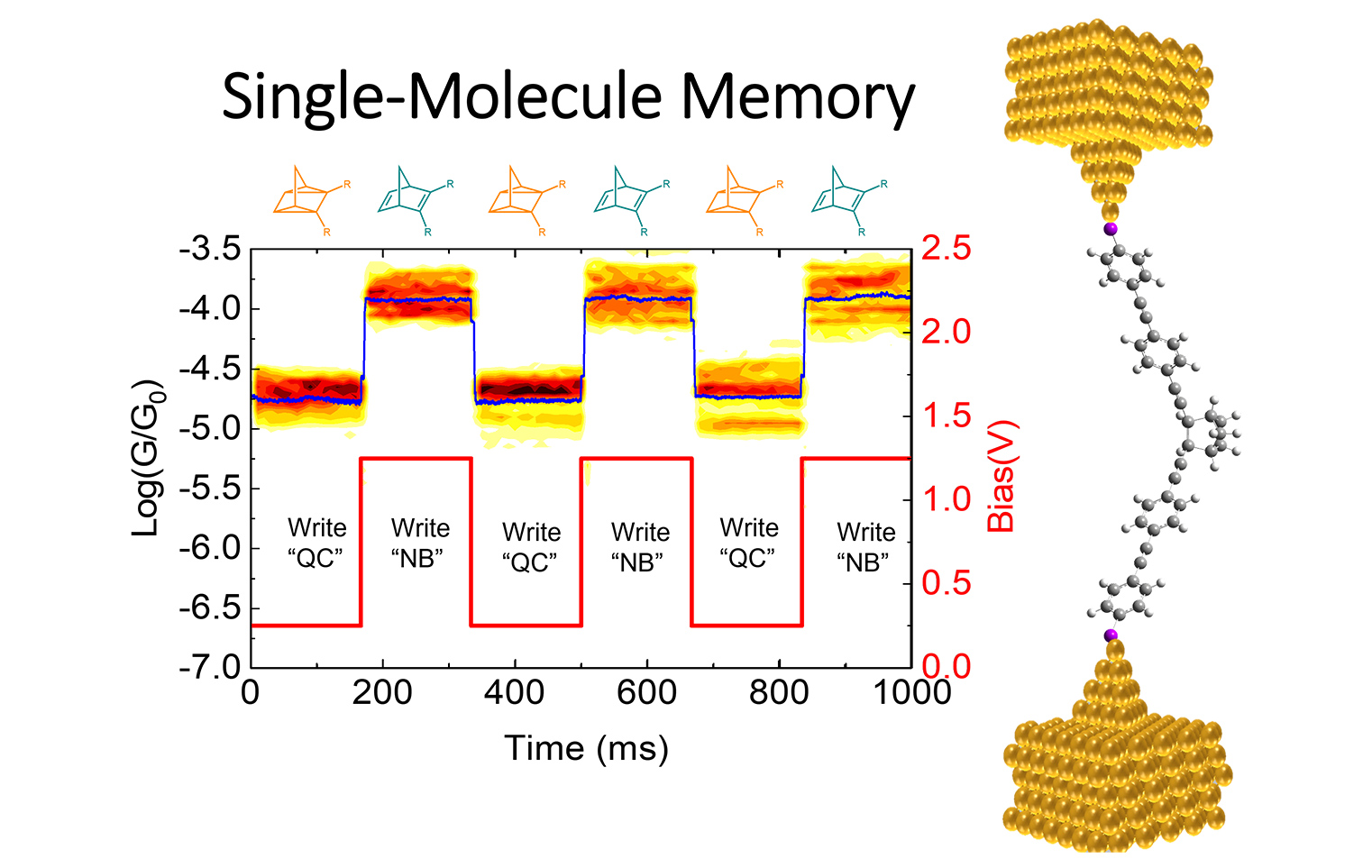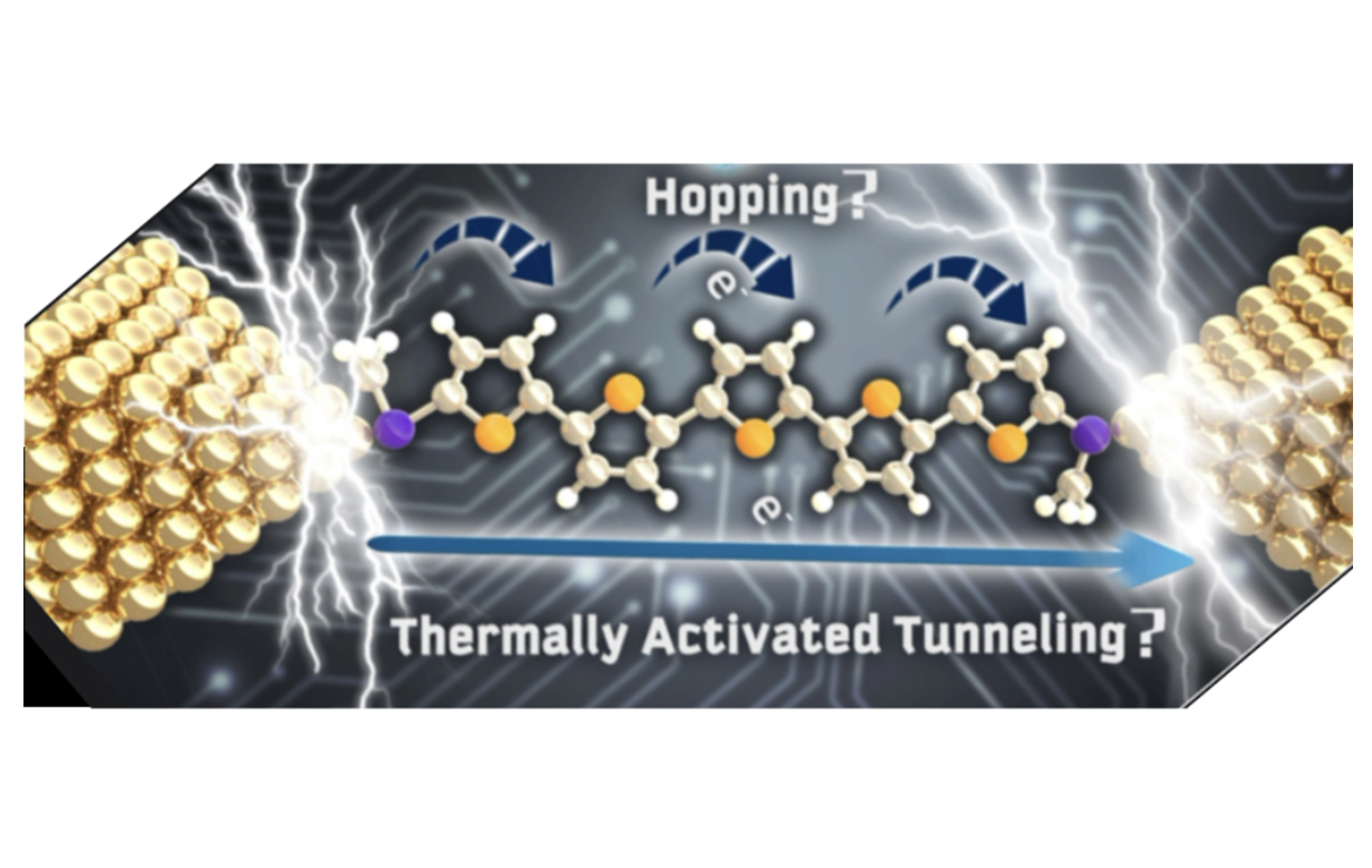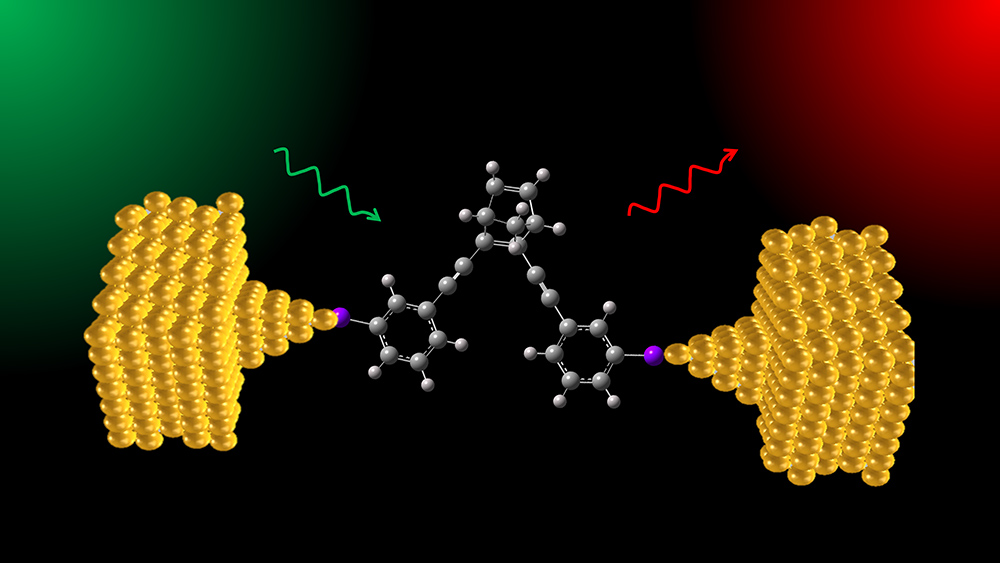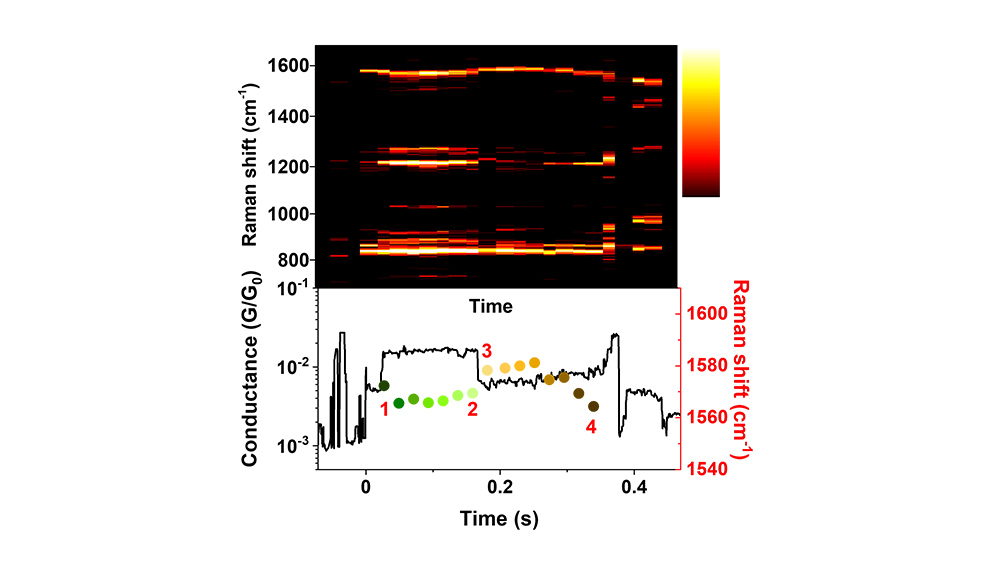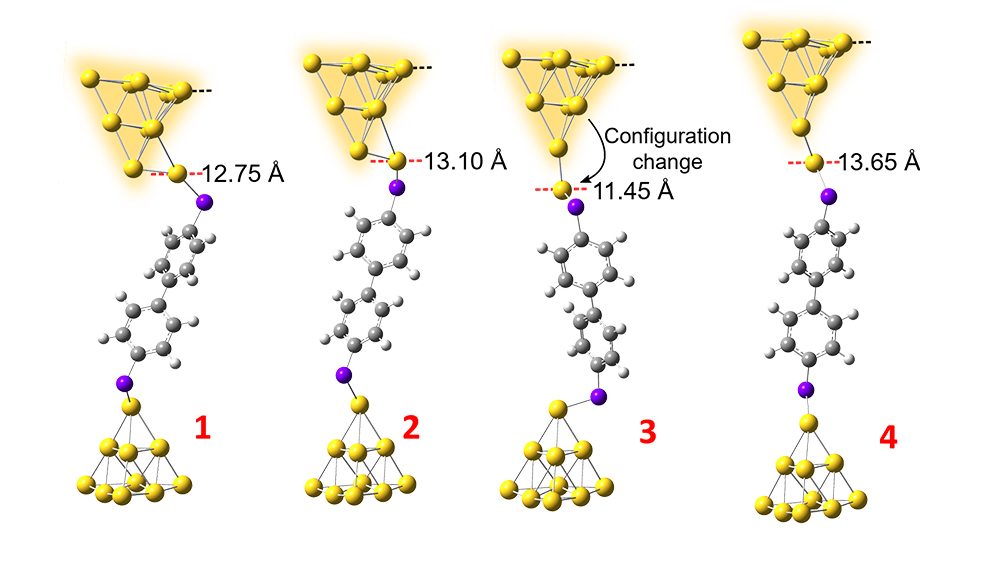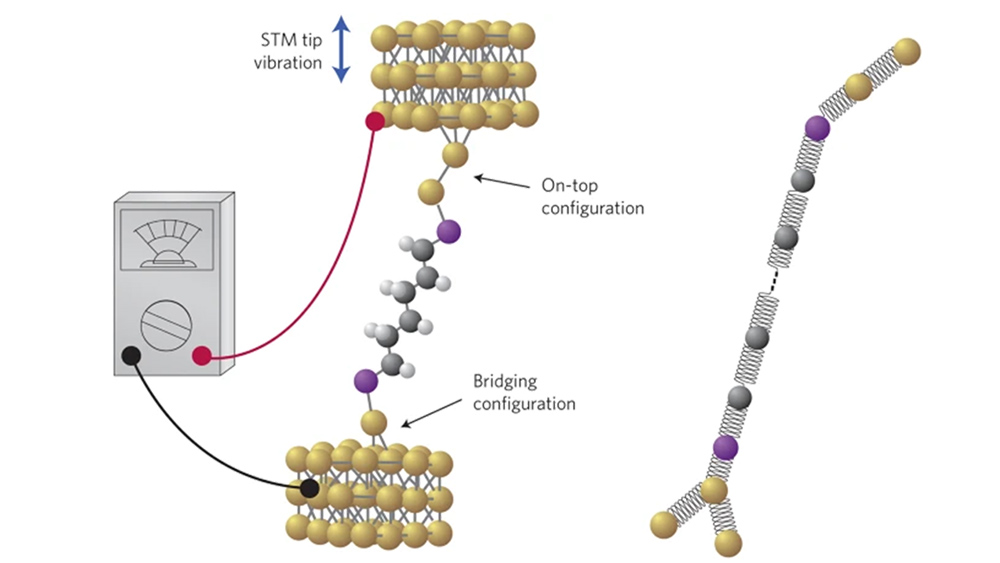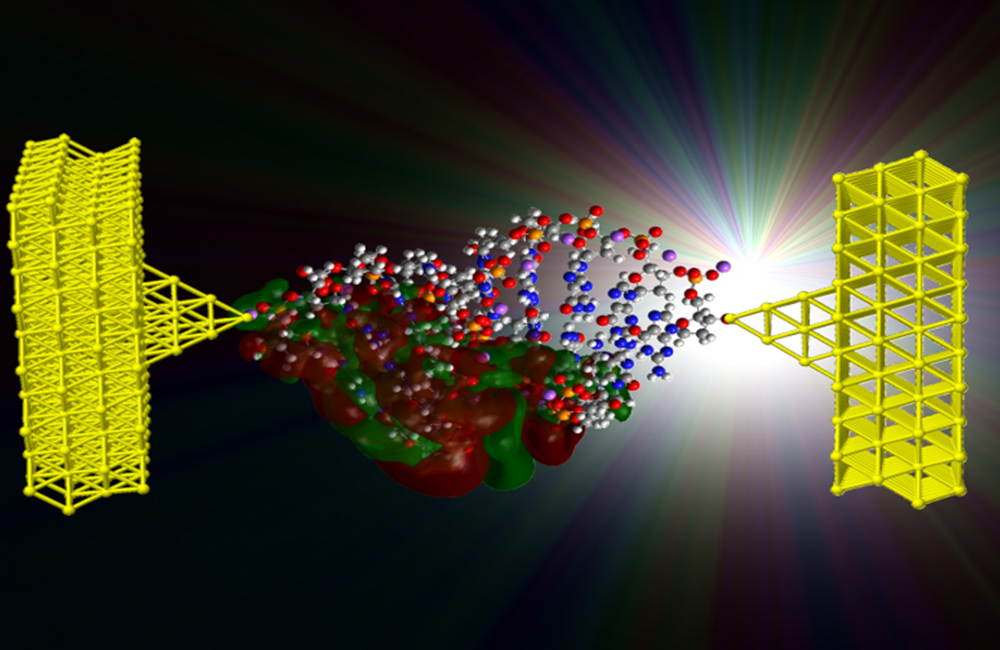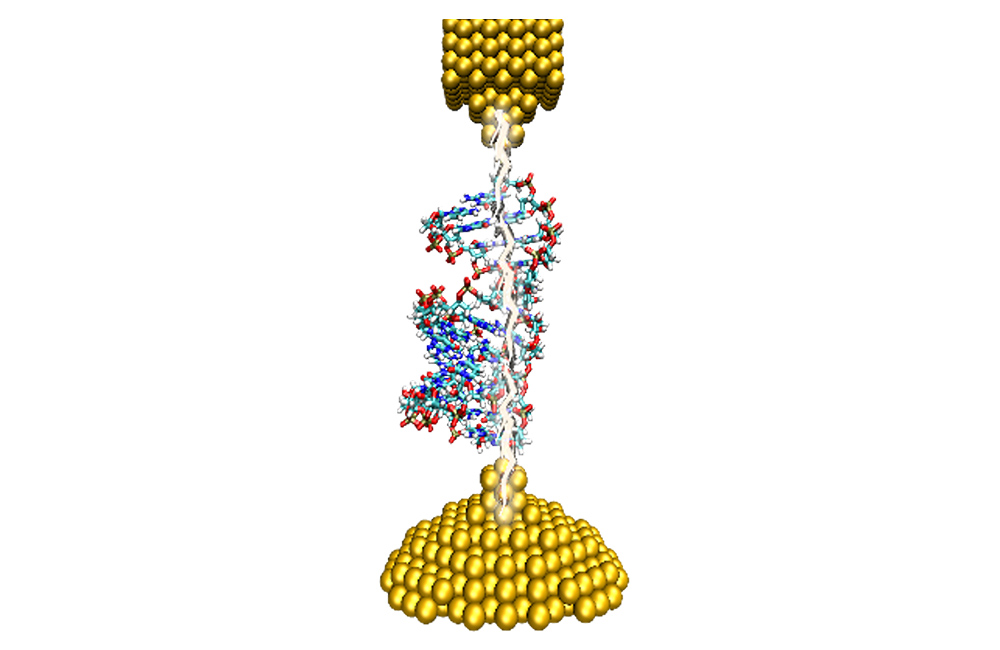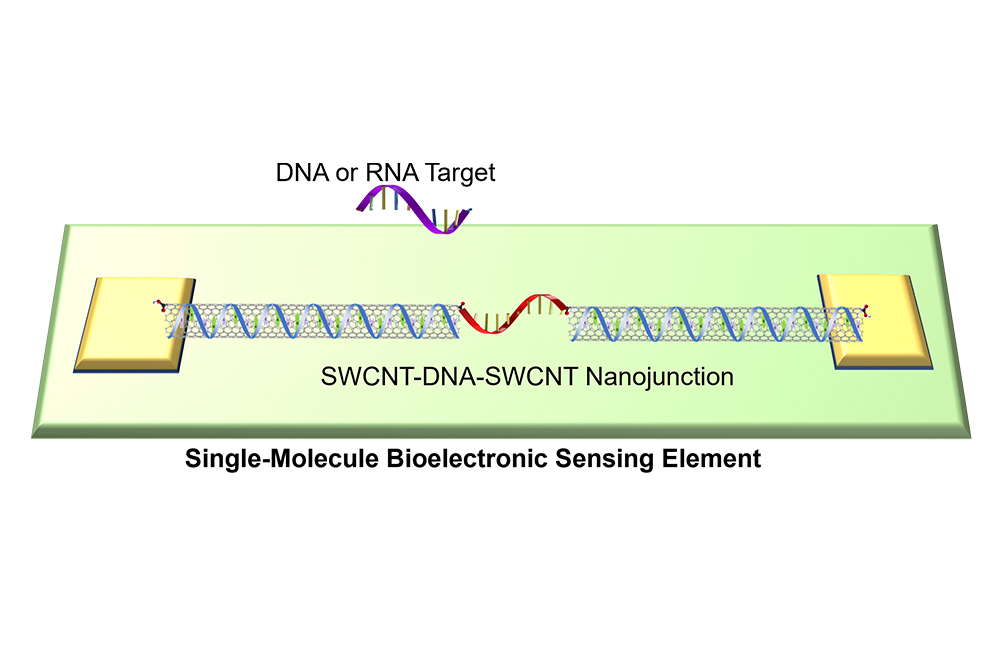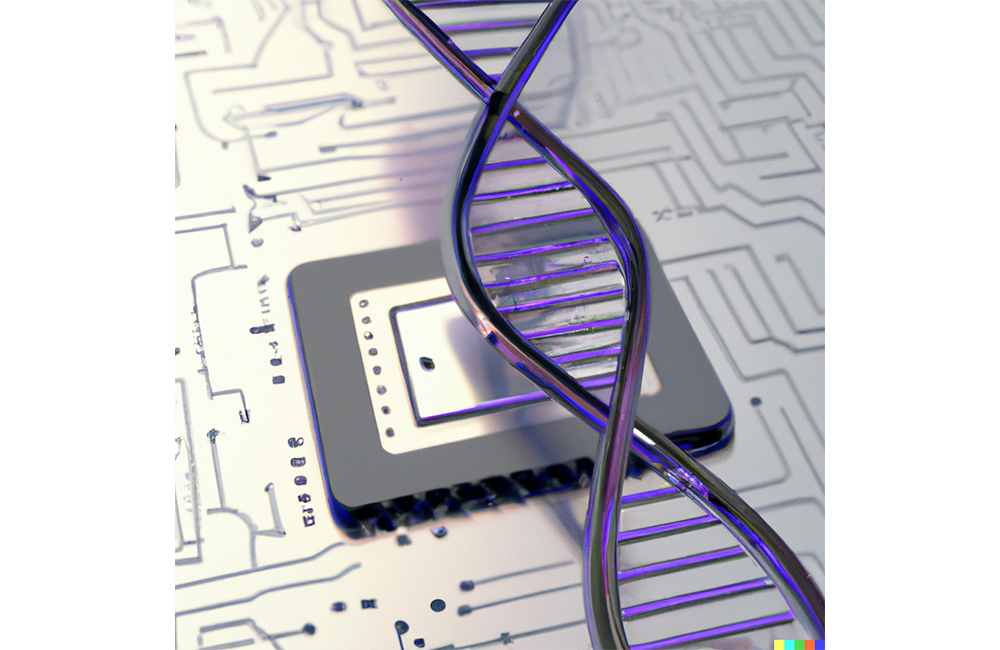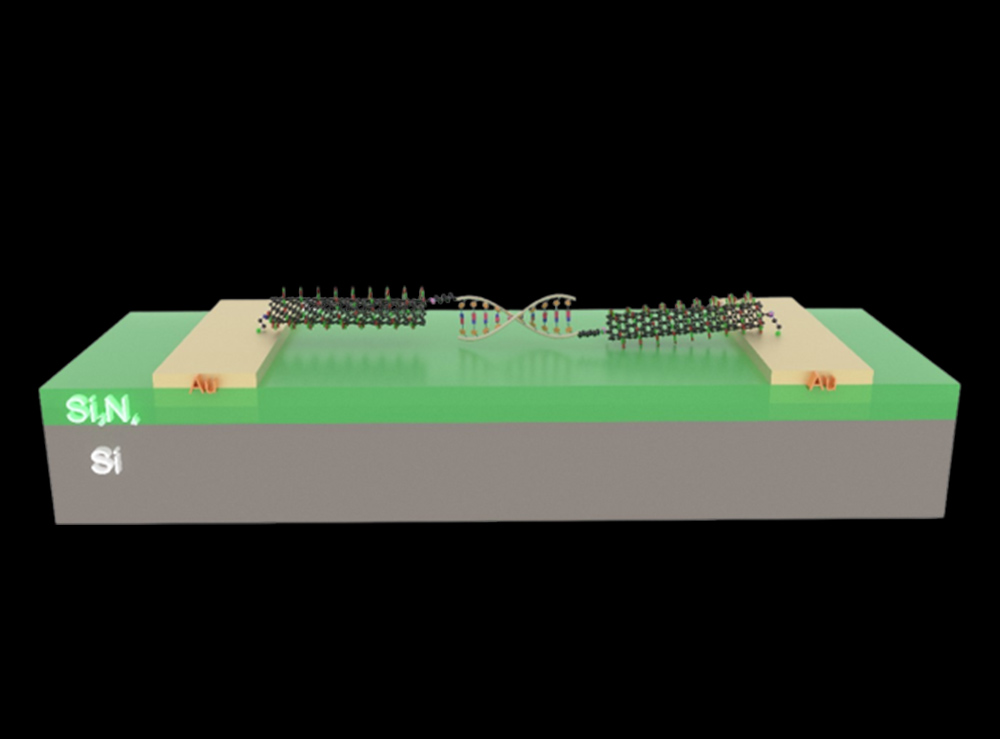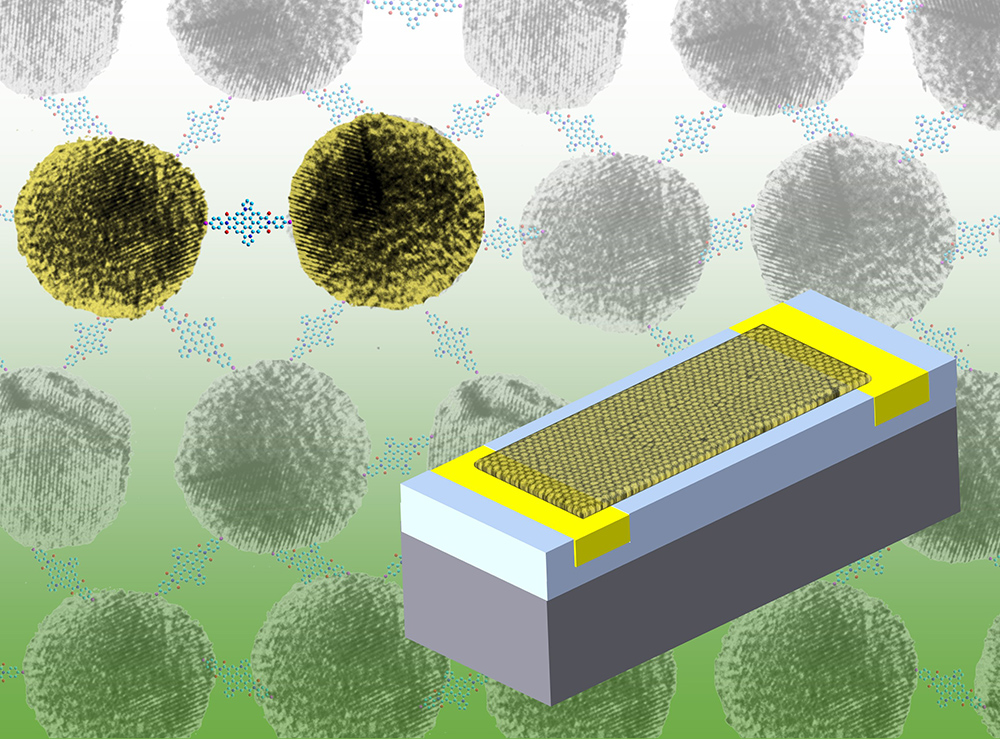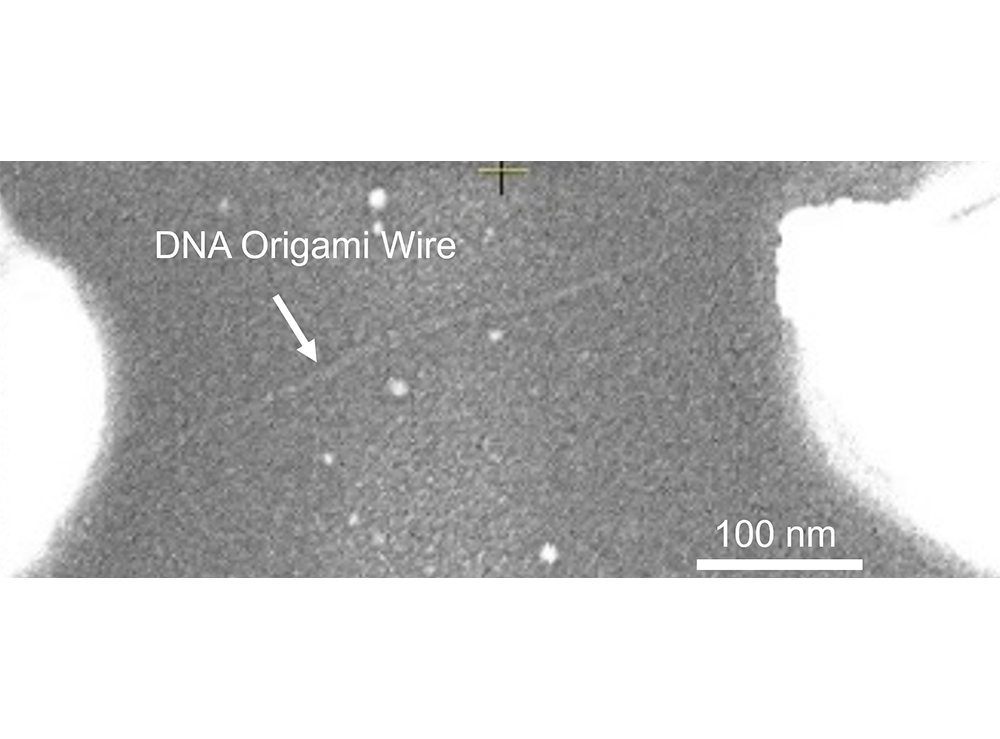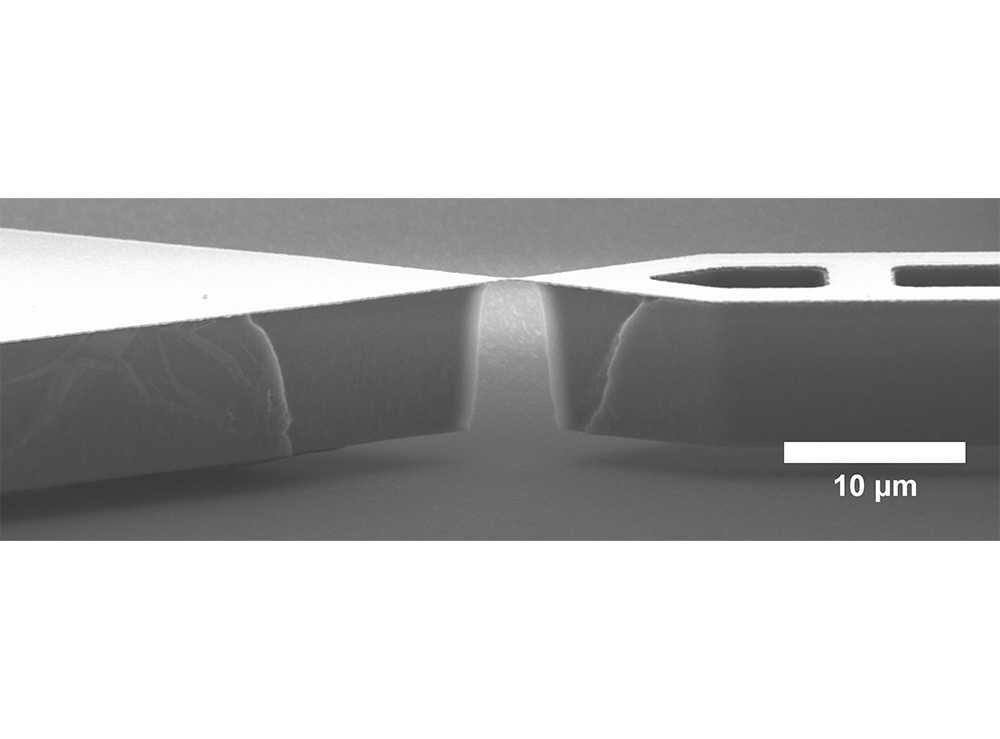Research Focus
Our goal is to develop a fundamental understanding of charge transport in molecular-scale systems, and to leverage this knowledge to develop viable solutions for healthcare, computing, and energy conversion technologies.
We have three primary focus areas:
1
Fundamental Properties of Carbon-Based Devices
Examining fundamental physical and chemical phenomena in single-molecule devices in order to understand these processes at the atomic-level, and to examine unique paradigms for device operation.
Functionality of Molecular/Carbon Materials in Controlled Environments
The advent of electronic devices has affected practically every aspect of human life from art and culture to energy and health-care. However, continuing this impressive expansion of technology will require fundamentally new ways of performing computation. Carbon systems can provide unique opportunities in this domain because of their unique electromechanical, electrochemical, spintronic, quantum, and optoelectronic properties. We exploring these properties in a variety of molecular and carbon-based systems to be able to understand and eventually design device function at the atomic-scale.
Multimode, Electrical, Optical, and Mechanical Characterization of Single-Molecules
We have developed techniques to simultaneously measure the electrical and optical properties of a single-molecule. This includes the ability to extract the vibrational properties of a molecule when bound to two bulk electrodes using Raman spectroscopy. This approach gives us an opportunity to understand how mechanical and chemical processes affect the electronic structure and transport properties of single-molecule devices and how energy is converted between domains at the atomic-scale.
2
Single-Molecule Bioelectronics and Biosensors
Exploring charge transport in biological molecules such as DNA and RNA for the explicit purpose of developing a single-molecule electrical diagnostics platform.
If the properties explored above are to be used for real-world applications, then it is necessary to integrate them with conventional electronic materials. Thus we are developing methods that allow robust, reliable, and reproducible integration with conventional electronic systems. Here we are exploring approaches that include contacting other nanomaterials like carbon nanotubes, 2D materials, and DNA origami, as well as developing lithographic processes that enable bottom-up and top-down integration.
3
Integrating Single-Molecule Systems with Conventional Electronics
Developing methodologies and platforms that enable these technologies to be integrated with more conventional systems using bottom-up techniques.
If the properties explored above are to be used for real-world applications, then it is necessary to integrate them with conventional electronic materials. Thus we are developing methods that allow robust, reliable, and reproducible integration with conventional electronic systems. Here we are exploring approaches that include contacting other nanomaterials like carbon nanotubes, 2D materials, and DNA origami, as well as developing lithographic processes that enable bottom-up and top-down integration.

